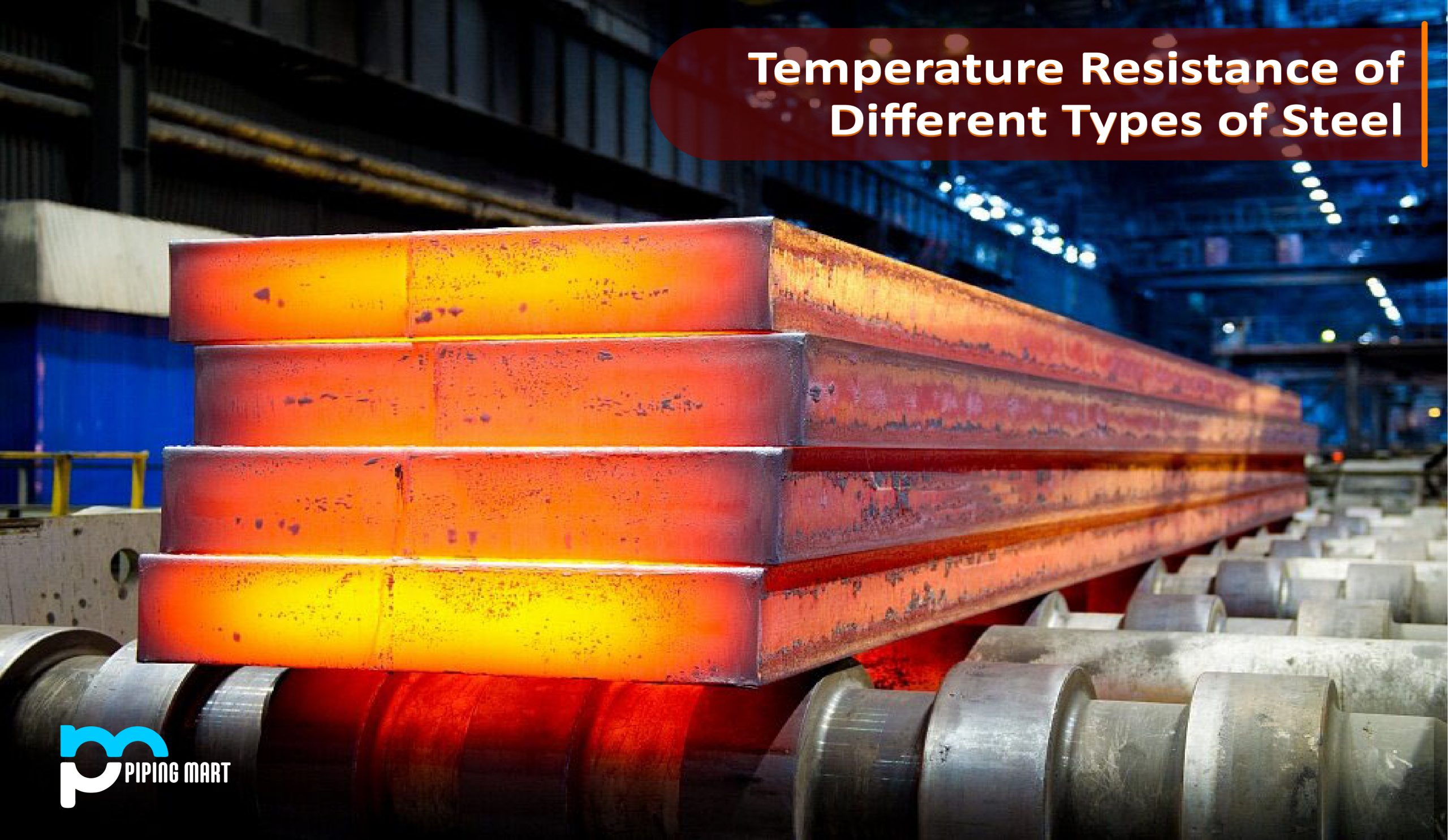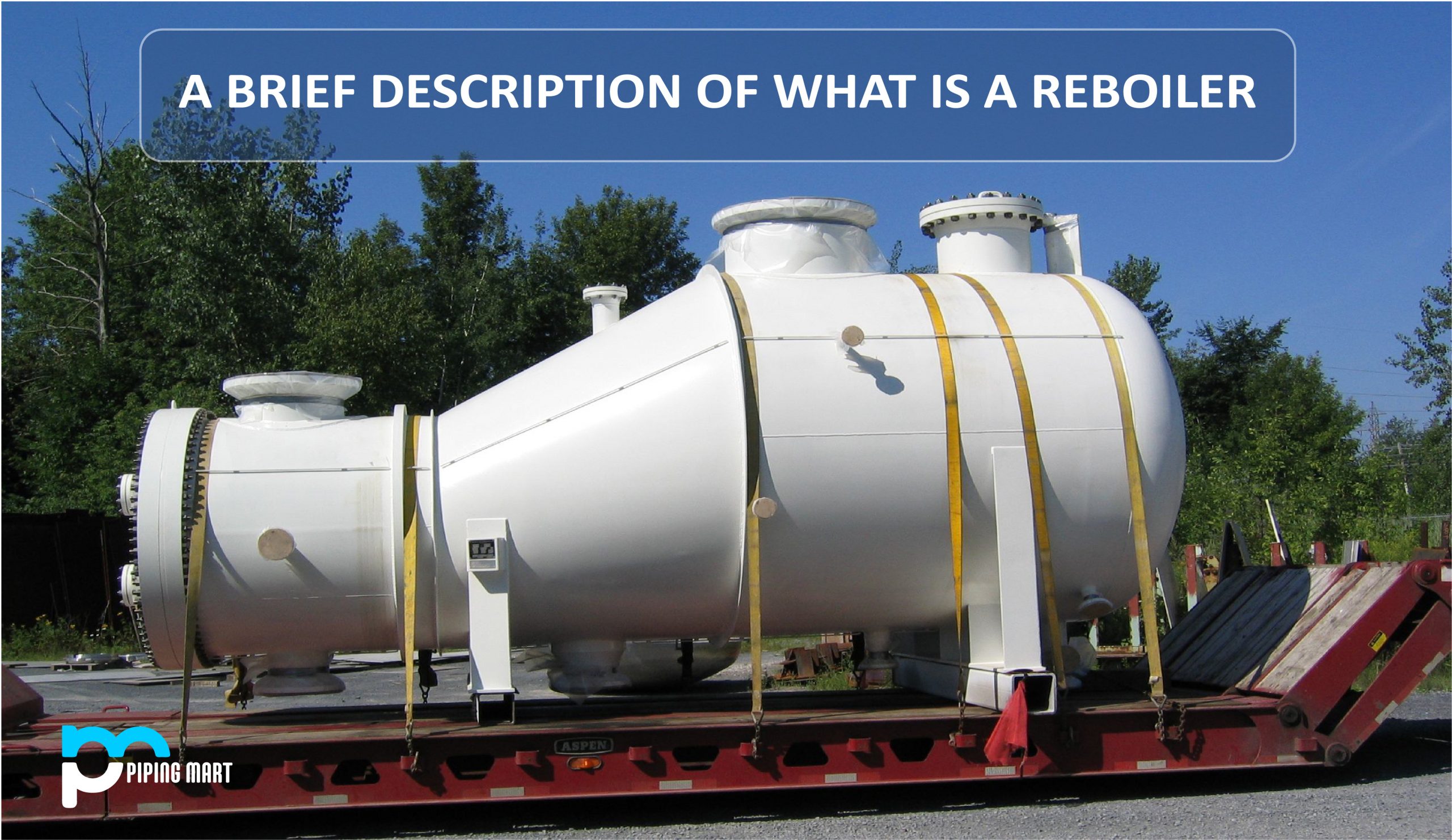Steel is one of the most essential materials and is popular in building and infrastructure projects. Steel is advantageous in all ways, it is versatile, as it adjusts to various situations quickly, and it is a material capable of withstanding multiple other elements. It is difficult to mould wood and stone into different shapes and sizes, but this is comparatively easier with steel.
The many properties of steel include: withstanding heavy weight, great flexibility and versatility, and being reliable and easy to use and handle. A critical feature of steel is its high-temperature resistance. This property allows the steel to be used in industrial and construction industries.
Different types of steel and their temperature resistance are:
- 304 Steel: 304 steel has a high level of nickel and chromium in its composition. Because of this, it is highly resistant to corrosion. Because of this feature, its applications are home appliances, heat exchangers, steel piping, food processing equipment, and steel fasteners. The maximum temperature that 304 steel can withstand is 870 degrees Celsius. It has a continuous maximum temperature of 925 degrees Celsius.
- 309 Steel: Compared to 304 steel, 309 steel is much more corrosion-resistant. This, in turn, means that it has higher temperature resistance, because of which it can be used for various types of machinery. The applications of 309 steel include creating high-temperature machines and tools like oven linings, firebox sheets, and parts for steel furnaces. The intermittent maximum temperature of steel is 980 degrees Celsius, and its continuous maximum temperature is 1097 degrees Celsius.
- 310 Steel: The most essential property of this type of steel is that it retains its strength at extremely high temperatures. Because of this property, other properties like resistance to corrosion, oxidation, and sulfidation fall into place. The applications of this type of steel include burner tips, heat exchangers, flare tips, heat treatment baskets, refractory anchors, and jigs. The intermittent maximum temperature of 310 steel is 1035 degrees Celsius, and its continuous maximum temperature is 1150 degrees Celsius.
- 316 Steel: 316 steel also has a higher nickel and chromium content in its chemical composition. Other elements in its composition are silicon, manganese, carbon, and molybdenum. 316 steel is not only resistant to corrosion but also resistant to various liquids. The different application of this steel includes medical equipment, marine tools and equipment, and chemical manufacturing and storage. 316 steel has the same temperature resistance as 304 steel, which is quite similar to the former.
- 321 Steel: This steel is strong and light, containing titanium in its chemical composition. The high level of carbon composition helps it in being resistant towards high temperatures. Because it is resistant to inter angular corrosion, it is commonly used in hot environments. The uses of 321 steel include the manufacture of bellows, aircraft exhausts, furnace parts, and welded processing screens. The intermittent maximum temperature of 321 steel is 870 degrees Celsius, and the continuous maximum temperature is 925 degrees Celsius.
- 410 Steel: 410 steel is used for general applications. Its strength properties are enhanced by polishing, hardening, and tempering. This increases its corrosion resistance and tensile strength. Its temperature resistance is lower as compared to other types of steel. The intermittent maximum temperature is 815 degrees Celsius, and the continuous maximum temperature is 705 degrees Celsius.
- 420 Steel: It is a high-carbon steel with strength properties enhanced by heat treatment. Its properties include corrosion resistance and commendable ductility. The applications of this steel type include shear blades, cutlery, needle valves, and medical equipment. Its intermittent maximum temperature is 735 degrees Celsius, and its continuous maximum temperature is 620 degrees Celcius.

Pipingmart is B2B portal specializes in industrial, metal and piping products. Also, share latest information and news related to products, materials and different types grades to help business dealing in this industry.




